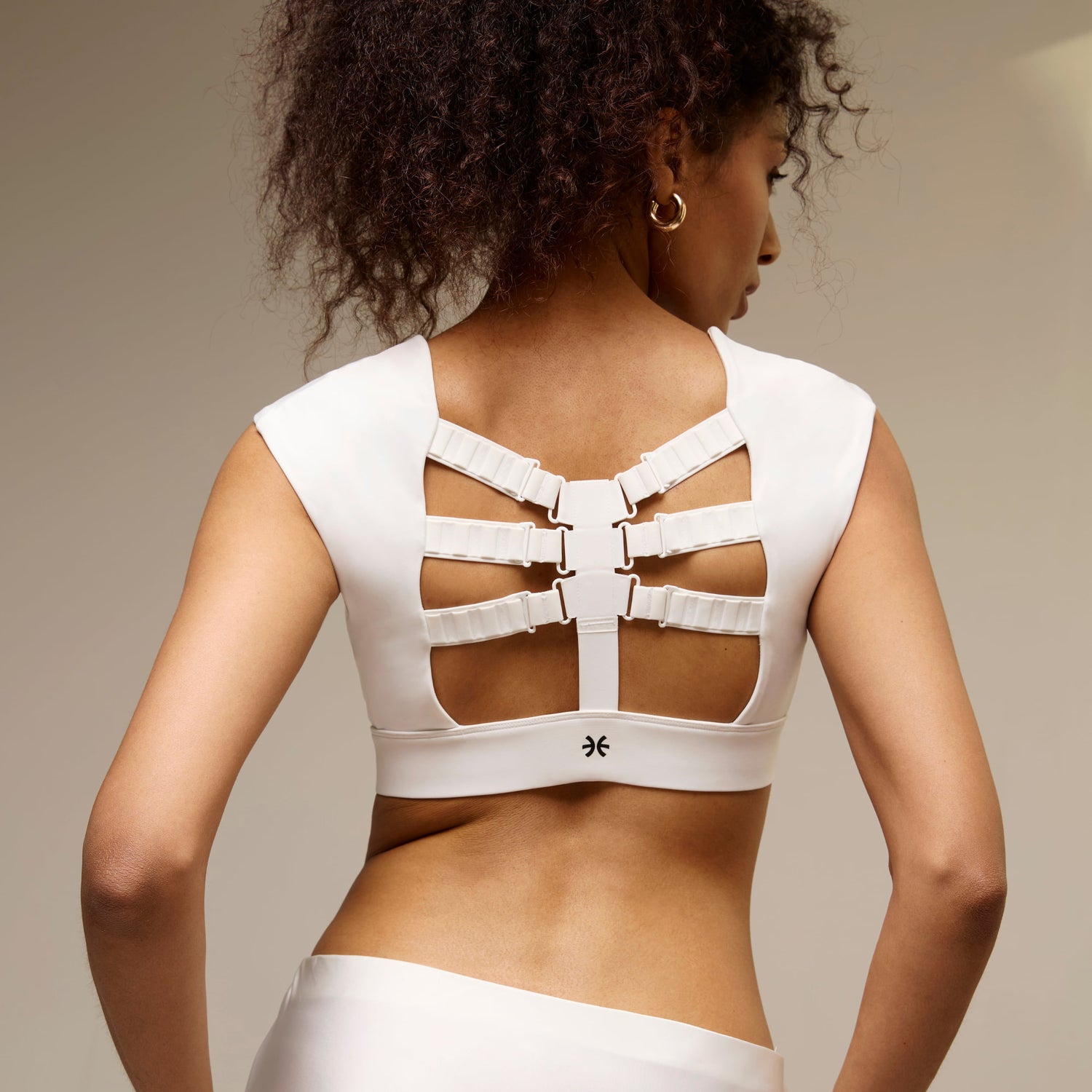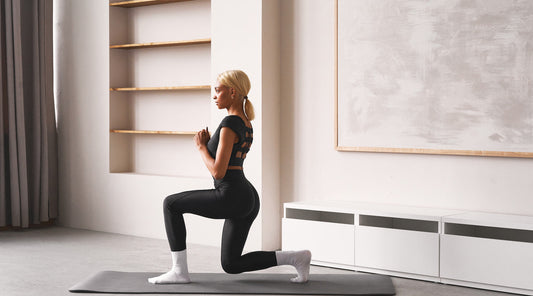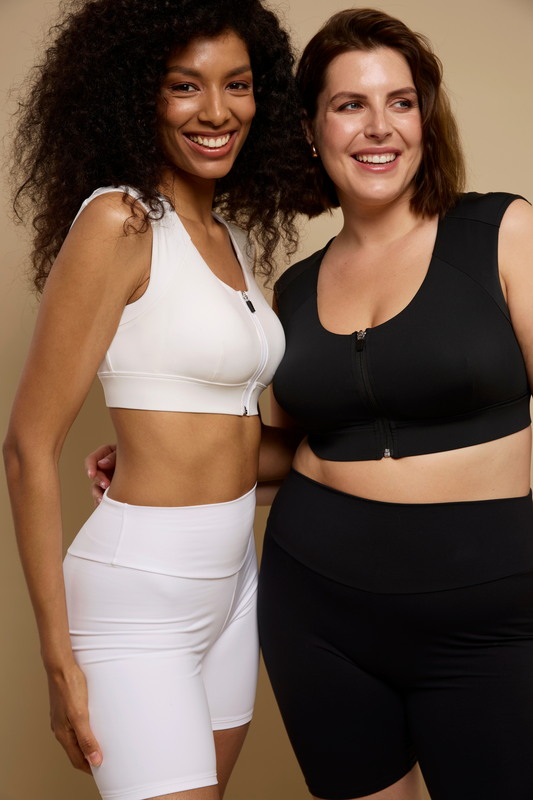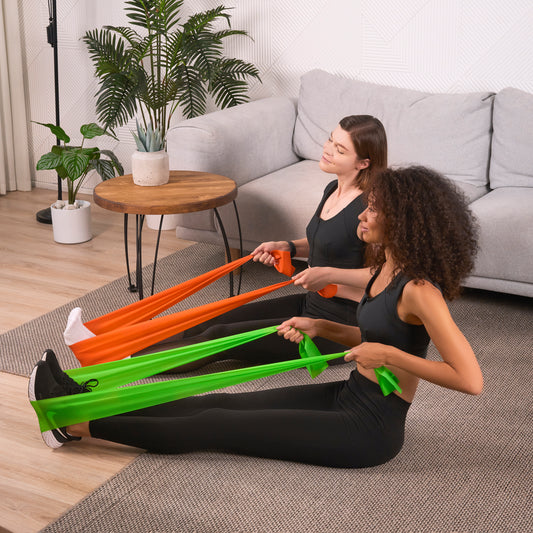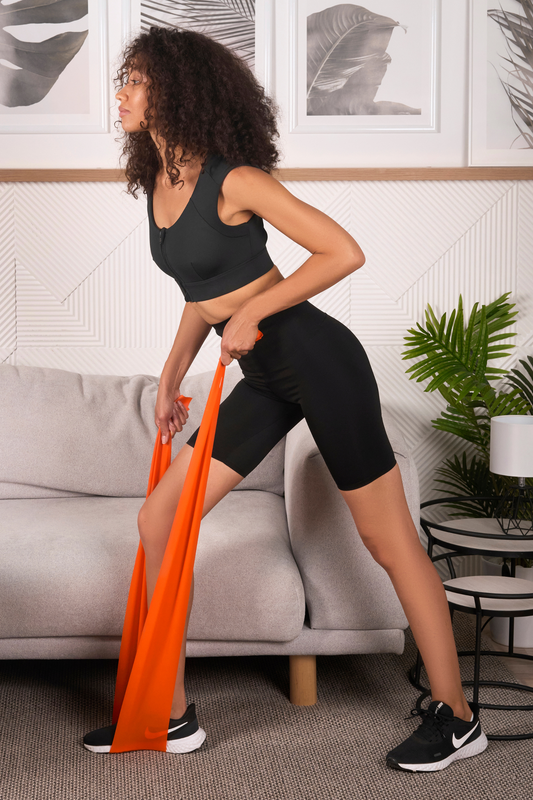Have you ever thought about how you walk? After all, you do it everyday, often without a thought (other than, perhaps, to note your total number of steps). When done with good form, walking requires you to use your whole body, making it one of the healthiest things you can do. But it can also be pretty hard on the body. While we talk a lot about the impacts of sitting — especially when it comes to desk jobs — walking can end up being a painful endeavor if you have poor posture.
Walking with good posture is important for the health of your bones, joints, muscles, and ligaments. When you walk with good technique, you can:
- Prevent neck, back, hip, and leg pain
- Reduce muscle aches and fatigue
- Improve your balance and muscle stability
- Lower your risk of an injury
Walking is an easily accessible form of exercise that is beneficial for both your physical and mental health. While we’ve been told that 10,000 steps a day is the magic number, you don’t need to go nearly as far to start reaping the benefits of walking. Even as little as a few thousand steps can lower your risk of death from cardiovascular disease [1].
Each of us walks with our own unique style, which is influenced by a number of variables, including age, mood, even sociocultural factors [2]. Of course, musculoskeletal injuries or imbalances will also affect your gait. You may be compensating for weakness in the hips or quads or pain in the knees or ankles — and you may not even realize you’re doing it [3].
Tips for Walking With Good Posture
Every step you take involves many microscopic movements. To practice walking with good posture, try focusing on each part of the body. Here are some tips on how to improve your strides, from the crown of your head to the bottoms of your feet.
Head: Stand tall. Keep your chin parallel to the ground and your ears in line with your shoulders. If it helps, imagine that a string is attached to the top of your head and is gently pulling you upward. Keep your gaze forward, about 10 to 20 feet in front of you as you walk.
Avoid: looking down.
Shoulders: Relax your shoulders. Many of us hold tension here, which can cause strain to the muscles around the shoulders, neck, and upper back. Make sure that your shoulders fall naturally and aren’t tensed up toward your ears. Roll them up, back, and then down. Keep them loose and relaxed so that you can move your arms with ease. Do some shoulder shrugs to make sure you are keeping them in a relaxed position.
Avoid: slouching.
Back: Elongate your spine. Again, you can think about letting the crown of your head float up.
Avoid: leaning forward.
Core: A strong core protects the spine. Using your core muscles as you walk helps you maintain balance and stability and takes the pressure off of your back. Practice engaging your core by drawing the belly button toward your spine. Doing this will not only reduce lower back pain but work your abdominal muscles, too.
Avoid: “tucking your tailbone” or sticking your belly out.
Arms: Don’t forget to use your arms! Gently swing your arms back and forth — from your shoulders, not your elbows. Swing them at your sides, around your midsection. No need to swing those arms too much. The motion should feel natural.
Avoid: swinging your arms across your body.
Feet: When walking, your feet should move with a steady heel-to-toe roll. Make sure your heel hits the ground first before rolling through and pushing out of the step with your toes. Wearing the right shoes with good arch and heel support will also go a long way. Read more about how to improve your posture through your feet.
Avoid: taking long strides, which can cause extra stress on your joints [4].
Building Strength to Improve Your Posture While Walking
Maintaining good posture while walking (and in general!) is even easier when you have a strong foundation. Building strength and improving mobility and flexibility throughout your body will ease the stress of walking. Wearing a posture correcting bra is a good start. It will keep you from slouching while helping you engage your upper back muscles. The Etalon Posture Bra also doubles as a great fashion piece for the next time you hit the pavement, if we do say so ourselves!
You may also want to incorporate resistance bands into your daily routine. Quick and easy exercises with Etalon Posture Bands can help you improve your core stability, shoulder support, and spinal mobility and flexibility, all which will keep you walking tall — and far.
SOURCES:
- The association between daily step count and all-cause and cardiovascular mortality: a meta-analysis. https://academic.oup.com/eurjpc/article/30/18/1975/7226309
- Gait disorders in adults and the elderly : A clinical guide. https://pubmed.ncbi.nlm.nih.gov/27770207/
- Physiopedia: Gait. https://www.physio-pedia.com/Gait
- Lower extremity mechanics during marching at three different cadences for 60 minutes. https://pubmed.ncbi.nlm.nih.gov/23549415/
FAQs
Why is walking with good posture so important?
Can poor walking posture really cause pain?
What does good walking posture look like?
How many steps do I need to see benefits from walking?
How can I build strength for better walking posture?
Is it possible to retrain my walking posture if I’ve had bad habits for years?
Trending
Try Etalon posture improvement products
